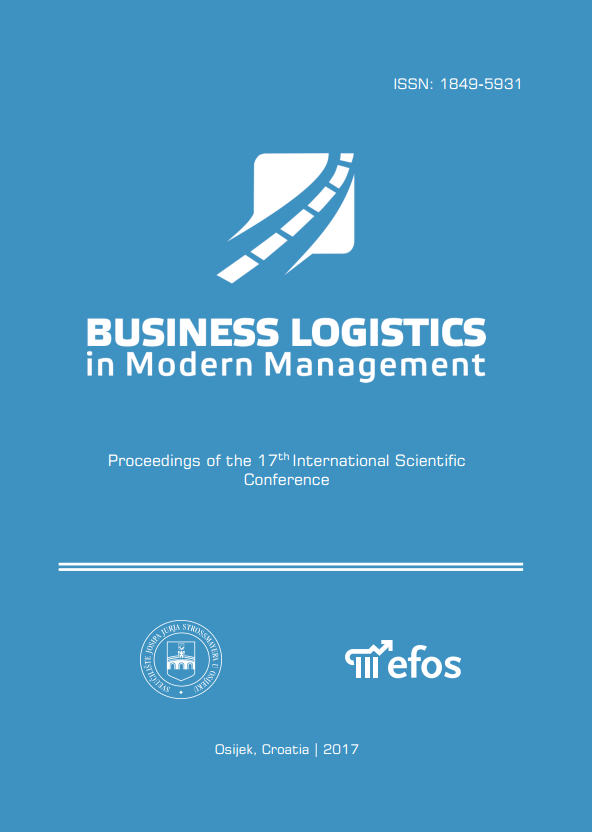THE INFLUENCE OF THE CONCENTRATION ON THE PERFORMANCE OF FIRMS IN RETAIL INDUSTRY IN THE REPUBLIC OF CROATIA
Abstract
According to SCP paradigm (Structure-Conduct-Performance paradigm) the industry structure affects the behaviour of firms in the industry, which affects their performance. The paradigm is consistent with the Neoclassical Theory of the Firm which assumes that there is a direct link between the industry structure, entrepreneurial conduct and performance. The basic principle of this paradigm might be the ability of entrepreneurs to exercise market power in a concentrated industry. High industry concentration is correlated with high profits, especially if the concentration level exceeds a certain critical level under the condition that there are some barriers to entry of new entrepreneurs in the industry. Economic theory supports the view that the industry concentration is in a positive relationship with efficiency, and it can be argued that the growth of industry concentration will increase the efficiency of industry. Current approaches in economic theory and recent empirical studies do not follow the SCP theory, they suggest that the above-average profits, which occur in most concentrated industry’s, are results of economic efficiency and effectiveness, and not a consequence of non-competitive behaviour. In this paper we will try to give an answer to the above-mentioned issue present in economic theory. The study will try to demonstrate a statistically significant link between the measure of concentration and measure of efficiency in retail industry in the Republic of Croatia.
Key words: SCP, concentration, efficiency, retail industry

